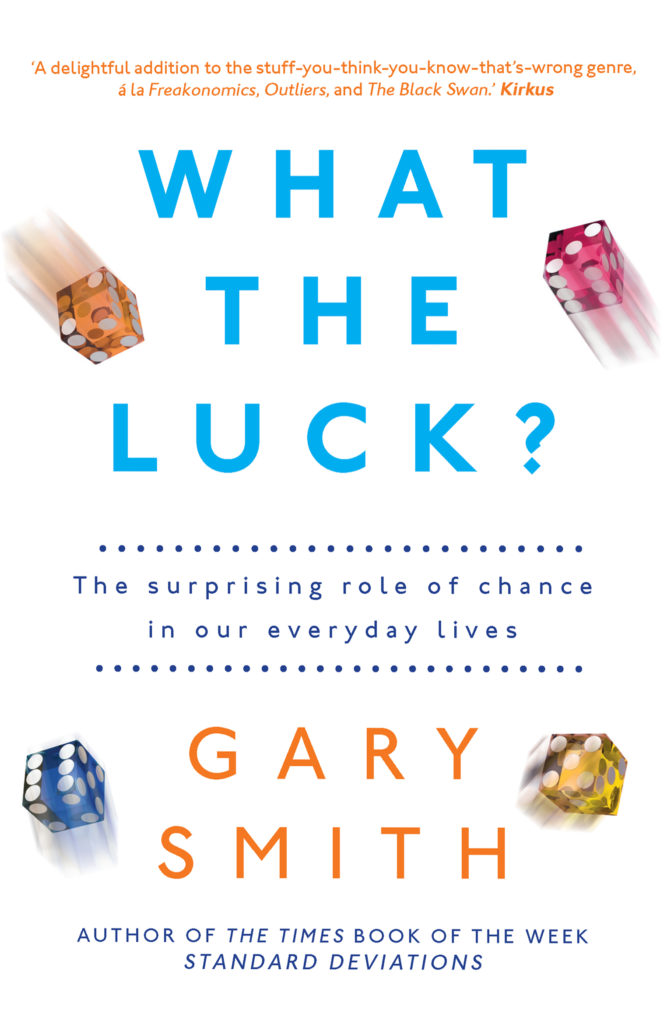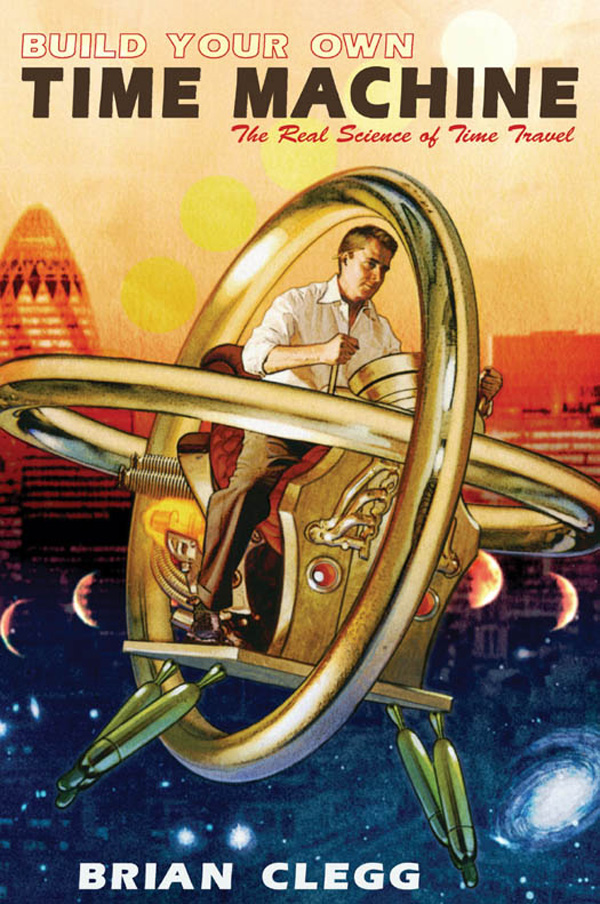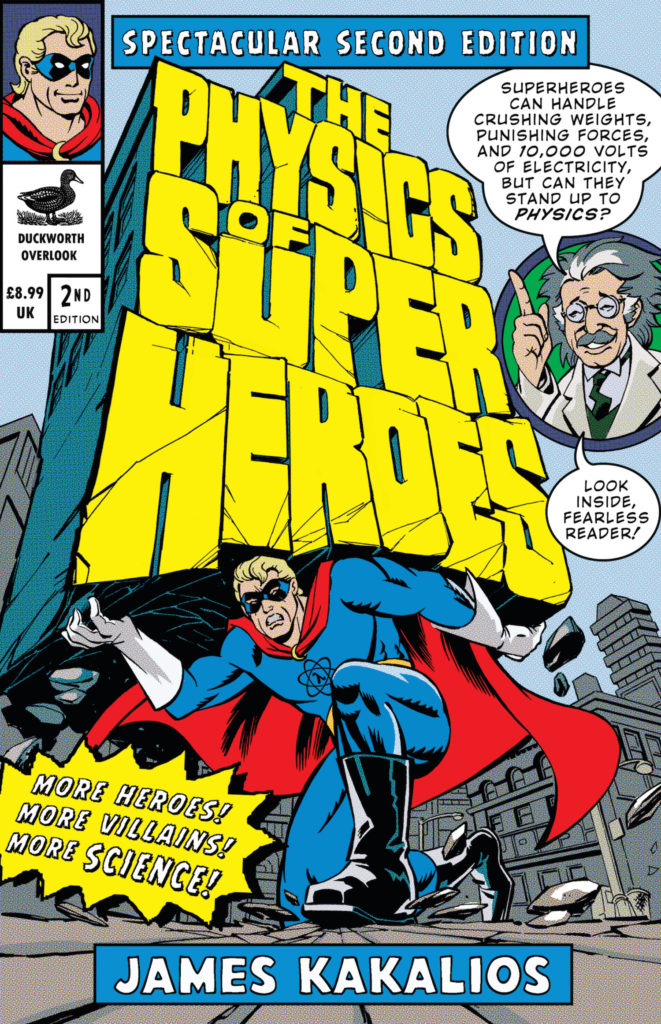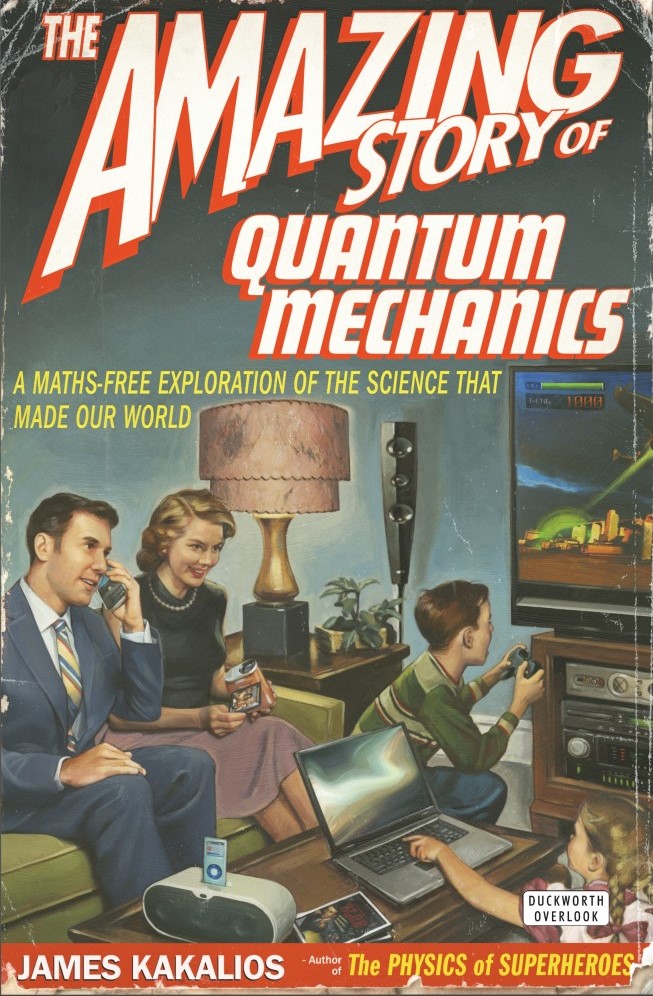
We underestimate the importance of luck in our lives. We think too highly of the golfer who wins the British Open and, if he loses the next tournament, we speculate that he slacked off. Although the winner is surely an excellent golfer, good luck in how the ball bounced and how it rolled afterwards outside of the golfer’s control also played an important role. An insufficient appreciation of chance can wreak all kinds of mischief not only in sports, but also education, medicine, business, politics and elsewhere. Perfectly natural, random variation can lead us to attach meaning to the meaningless.
Freakonomics showed how economic calculations can explain seemingly counter-intuitive decision-making. Thinking, Fast and Slow, helped readers identify a host of small cognitive errors that can lead to miscalculations and irrational thought. In What the Luck? statistician and author, Gary Smith, sets himself a similar goal, and explains – in clear, understandable, and witty prose – how a statistical understanding of luck can change the way we see just about every aspect of our lives.




